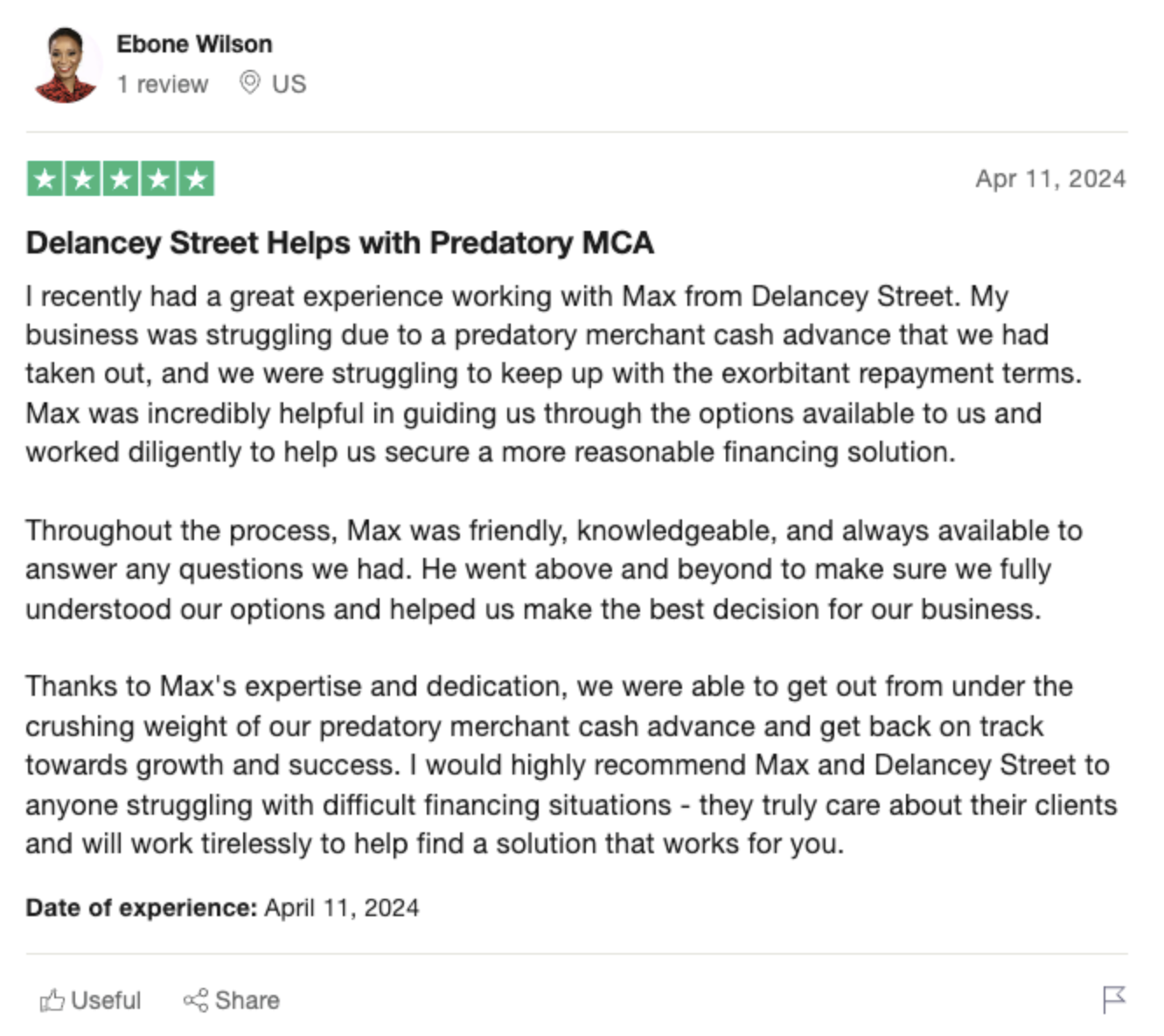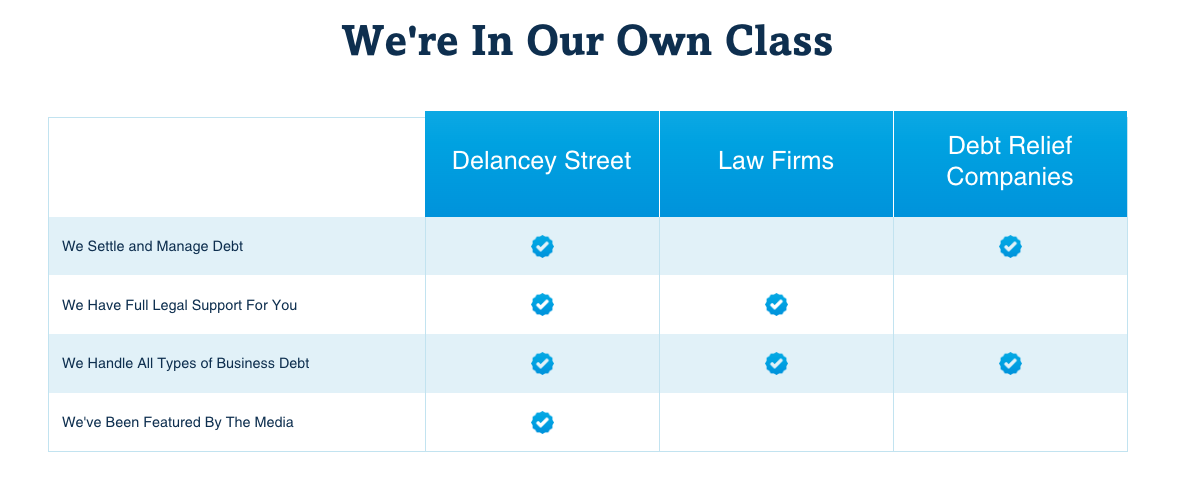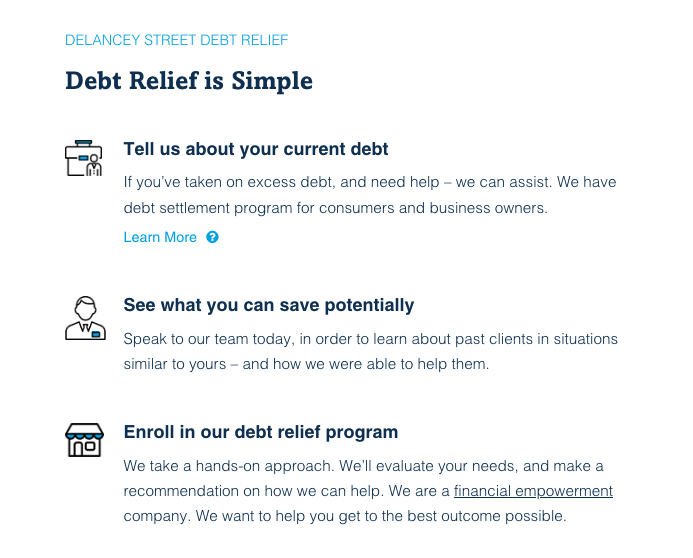Debt Relief and Credit Repair: A Timeline for Business Owners
Businesses face financial struggles just like individuals do. When business debts become unmanageable, owners may turn to debt relief options like debt settlement or bankruptcy. While these provide immediate financial relief, they also damage business credit scores. Business owners working to rebuild their company’s credit face a long road ahead. Here is an overview of what to expect after debt relief and settlements, along with tips for recovering more quickly.
How Debt Relief Hurts Business Credit Scores
Like personal credit reports, business credit reports record the payment history on business accounts. On-time payments lead to higher scores, while late payments, collections, and other derogatory marks cause scores to drop. Debt relief options like debt settlement and bankruptcy always involve some late or missed payments, so they will damage credit.
 -
-Specifically, debt settlement leads to individual accounts being closed with a “settled” status. This signals that the business did not fully repay the debt as originally agreed. Bankruptcy leads to accounts closed through bankruptcy proceedings. Both hurt scores substantially. For example, a business with otherwise positive payment history could see their score drop 100 points or more after a debt settlement.
How Long Negative Marks Remain
The major business credit bureaus – Experian, Equifax, and Dun & Bradstreet – keep derogatory marks on business credit reports for varying lengths of time:
- Settled accounts remain for 24 months on Equifax reports and 48 months on Experian.
- Bankruptcies stay for 10 years with Equifax and Experian.
- Dun & Bradstreet keeps bankruptcies for 14 years. Settled accounts stay 7 years.
Essentially, expect settled accounts to impact scores for 2-4 years, while bankruptcies could haunt scores for 10+ years.
Also note that creditors and lenders often review personal as well as business credit. If the business owner also went through personal bankruptcy or debt relief, their personal credit will suffer longer lasting damage. Personal bankruptcies remain for 7-10 years.
 -
-Rebuilding in the First Year
In the first year after debt relief, focus on damage control. Avoid taking on new debt or applying for new credit lines. New inquiries and accounts can suppress scores further when negative marks already weigh down reports. Wait 6-12 months before taking out new financing for purchases or growth.
Do continue making on-time payments on any active accounts, as positive payment history helps counteract negatives. Stay current on business expenses like utilities, insurance policies, and vendor accounts.
Also watch out for errors on credit reports. It’s common to find mistakes or outdated information after major credit events. Dispute any inaccuracies with the credit bureaus. This helps maximize scores as you rebuild.
Finally, communicate with existing lenders and vendors. Let them know about the debt relief and your plans for rebuilding. Maintaining open communication and good relationships helps in securing credit down the road.
Rebuilding in Years 2-5
In the second year after debt relief, focus on re-establishing positive credit. Apply for new store credit lines, gas cards, or other retail accounts. Make sure to keep balances low and payments on-time. Avoid financing major purchases until scores improve more.
 -
-Also explore secured credit cards targeted at rebuilding business credit. These require a refundable security deposit that becomes the credit limit. Responsible use builds positive history.
In years three through five, continue using new accounts responsibly. Over time, the negative marks will fade while new positive history accumulates. Scores can recover to pre-debt relief levels within five years of discharge.
Now consider applying for larger lines of credit needed to grow the business. Seek them from the vendors, suppliers, and lenders most likely to approve credit after debt relief – those with prior positive history. Expect to pay higher rates or provide more security at first.
 -
-Rebuilding After 5-10 Years
In the later years of rebuilding, the worst marks will eventually fade from credit reports. Bankruptcies disappear after 7-10 years per credit bureau policies.
Focus on re-establishing relationships with major lenders. For example, contact the bank that previously provided the company’s line of credit or credit card. Discuss new financing based on the progress made rebuilding credit.
Also consider contacting vendors or suppliers about credit lines to purchase inventory and materials. With enough positive history accumulated, approval chances improve over time.
Having an established business history also helps approval odds. Lenders view older businesses as lower risk. If the company has operated successfully for many years since debt relief, play up that longevity and stability.
Debt Relief Alternatives to Minimize Credit Damage
To avoid the long credit rebuilding road, consider alternatives that resolve debt without the credit damage:
- Debt management plans through non-profit credit counseling provide negotiated lower interest rates and payments. These avoid late payments if you keep up with the program.
- Business debt consolidation loans roll multiple debts into a new loan with lower monthly payments. This again keeps accounts current. Consolidation may provide better terms than settlement or bankruptcy.
- Selling assets or business ownership shares raises funds to pay off debts in full. No derogatory marks occur as long as accounts remain current until paid off.
- Changing corporate structure through mergers, acquisitions, or dissolutions may eliminate business debt entirely. Consult attorneys to pursue these complex options.
The credit rebuilding timeframe gives business owners an idea of what to expect after debt relief. While derogatory marks eventually fade, responsible use of new credit accelerates repair. With diligence and patience, companies can regain strong credit standing and qualify for growth financing in the years after debt settlement or bankruptcy.







